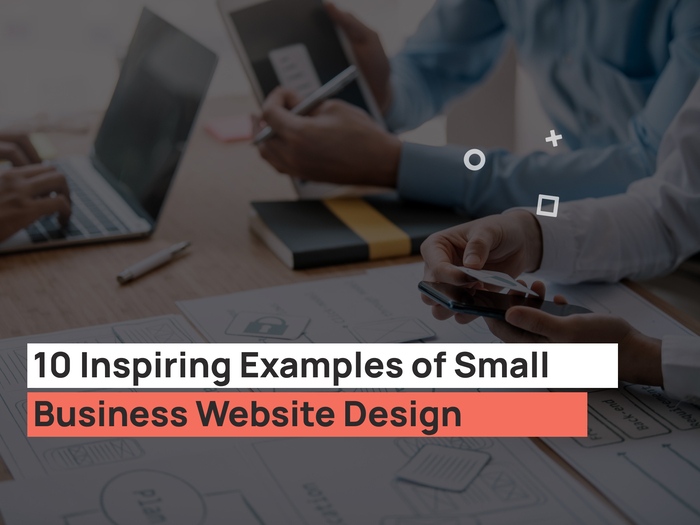Design is a powerful tool that communicates ideas, evokes emotions, and captures attention. Behind every visually appealing and impactful design lies a solid understanding of its fundamental elements. Whether you’re a seasoned designer or just starting out, mastering these basic elements is essential for creating compelling and effective designs. In this article, we will explore the key elements of design that every designer should know and provide practical tips for their application.
What Are the Elements Of Design?
The elements of design are the fundamental building blocks or components that are used to create visual compositions. These elements form the vocabulary of design and are combined and manipulated to achieve various aesthetic and communicative outcomes. The following are the commonly recognized elements of design:
- Color
- Typography
- Space
- Line
- Shape
- Texture
- Scale
- Balance
- Harmony
- Dominance and Emphasis
Elements Of Design: Color
Color plays a crucial role in design, as it has the ability to convey moods, emotions, and messages. Understanding color theory and using it effectively can greatly enhance the impact of your designs.
Consider the following aspects:
Firstly, color harmony is essential for creating visually pleasing designs. Experiment with complementary, analogous, or monochromatic color schemes to achieve harmonious combinations.
Secondly, contrast is crucial for making elements stand out. Play with light and dark shades to create visual interest and improve legibility.
Lastly, choose color palettes that align with the message and target audience of your design. Warm colors may evoke energy and passion, while cooler tones may create a sense of calm and serenity.
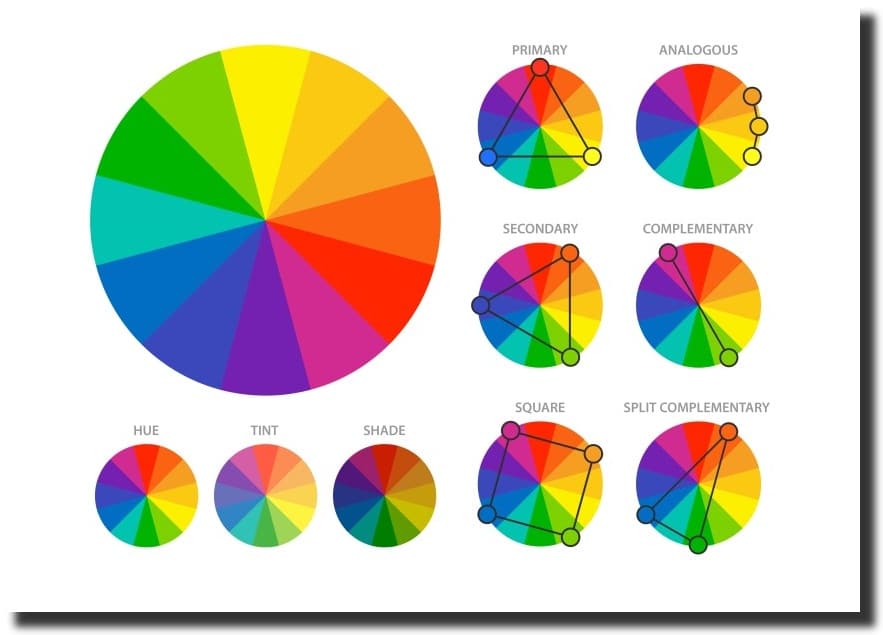
Elements Of Design: Typography
Typography is a crucial element of design that involves the art and technique of arranging and styling text. It encompasses the selection, arrangement, and presentation of fonts, sizes, spacing, and other typographic elements to enhance readability, convey meaning, and create visual impact.
The typography used in a design greatly influences how the message is communicated and perceived by the audience. It has the power to evoke emotions, convey the tone of the content, and establish the overall visual identity of a design. Here are key aspects of typography as an element of design:
Typography is not only about selecting fonts but also about how they are arranged and presented. Pay attention to the following aspects:
Firstly, font selection is crucial for setting the tone and personality of your design. Choose fonts that align with the message and desired aesthetics. Serif fonts can evoke tradition and elegance, while sans-serif fonts offer a modern and clean look.
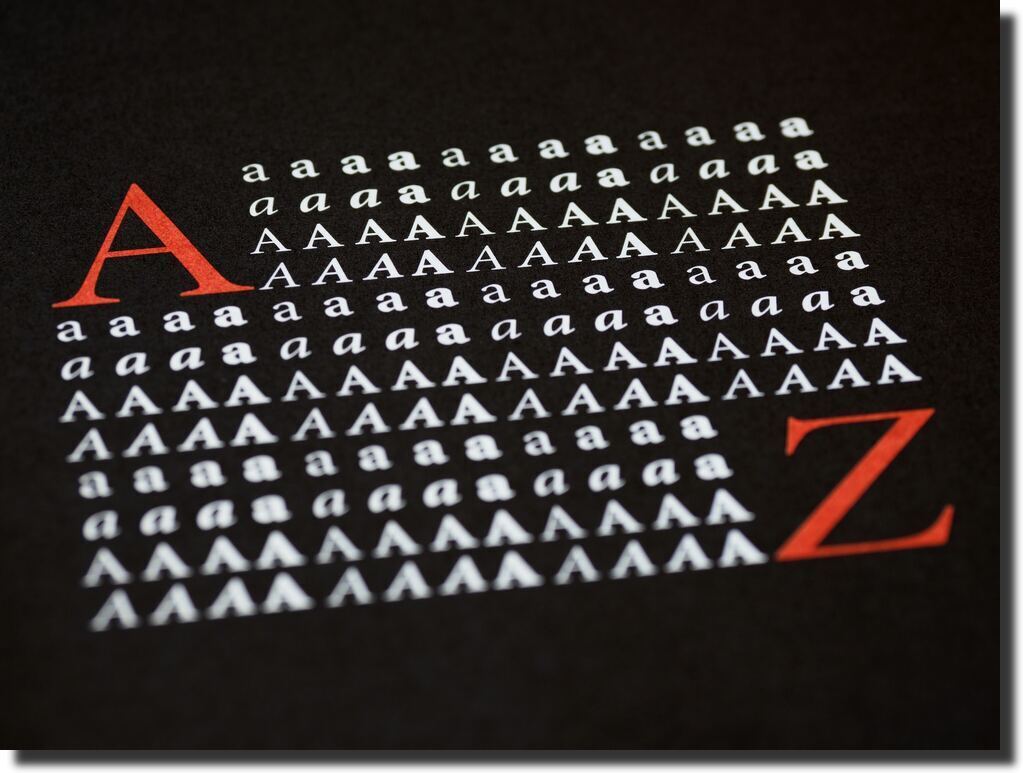
Secondly, ensure readability by considering factors such as font size, line spacing, and contrast with the background. Legible typography is essential for effective communication.
Lastly, establish a clear hierarchy by using font weights, sizes, and variations to guide the viewer’s attention. A well-structured hierarchy enhances the readability and impact of your design.
Elements Of Design: Space
Space is a fundamental element of design that plays a crucial role in creating visual harmony, balance, and overall composition. It refers to the area or distance between and around elements within a design. By understanding and effectively utilizing space, designers can enhance the impact and readability of their work.
Space can be categorized into two main types: positive space and negative space. Positive space refers to the areas occupied by the elements themselves, such as images, text, or graphic elements. Negative space, also known as white space, is the empty or “breathing” space around and between these elements. Both positive and negative space contribute to the overall visual experience and communication of a design.
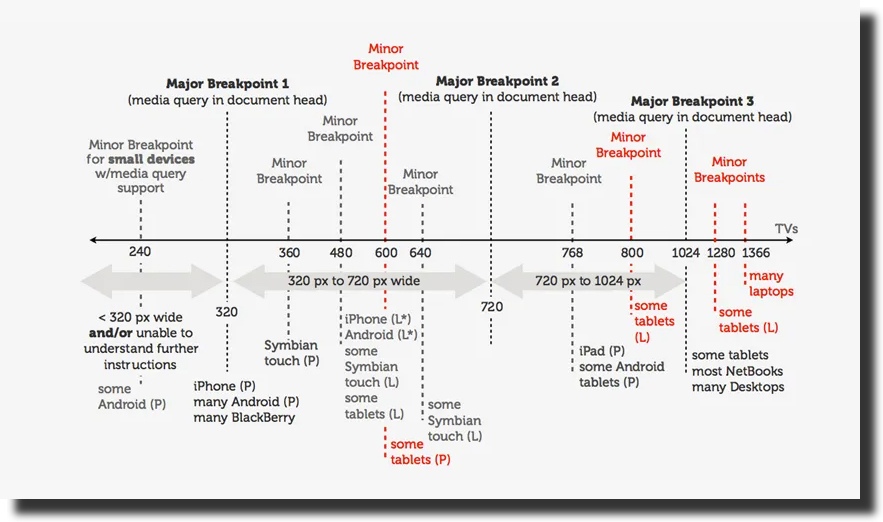
Understanding the use of negative space is particularly important. By strategically incorporating negative space, designers can create a sense of balance, clarity, and visual hierarchy within their compositions. It allows elements to breathe, stand out, and be more easily distinguishable to the viewer. Adequate negative space around text, for example, enhances readability, while well-placed negative space around visual elements can draw attention and create focal points.
Positive space, on the other hand, refers to the actual content and visual elements in a design. It is where the message, images, or graphic elements reside. The proper arrangement and distribution of positive space within a design are essential for creating a harmonious and visually appealing composition. Paying attention to the placement, alignment, and spacing between elements helps to achieve balance, rhythm, and visual flow.
Elements Of Design: Line
Line is one of the fundamental elements of design that is formed by connecting two points. It holds significant importance in creating visual compositions and can evoke various moods based on its texture, direction, appearance, and weight.
There are different types of lines that designers can utilize to achieve specific effects. For instance, a straight line exudes a sense of balance and structure, while a curved line adds dynamism and artistic flair to a composition.
Lines come in diverse forms, including vertical, horizontal, diagonal, and curved lines. They can possess various characteristics such as smoothness, roughness, brokenness, thickness, thinness, color, texture, and even the illusion of movement.
In design, lines serve multiple purposes. They can be employed to divide the content of a design or website, creating clear visual distinctions. Lines can also be used to frame a composition, adding a sense of structure and focus. The versatility of lines offers designers a wide range of options for usage, allowing them to enhance the visual impact and organization of their designs.
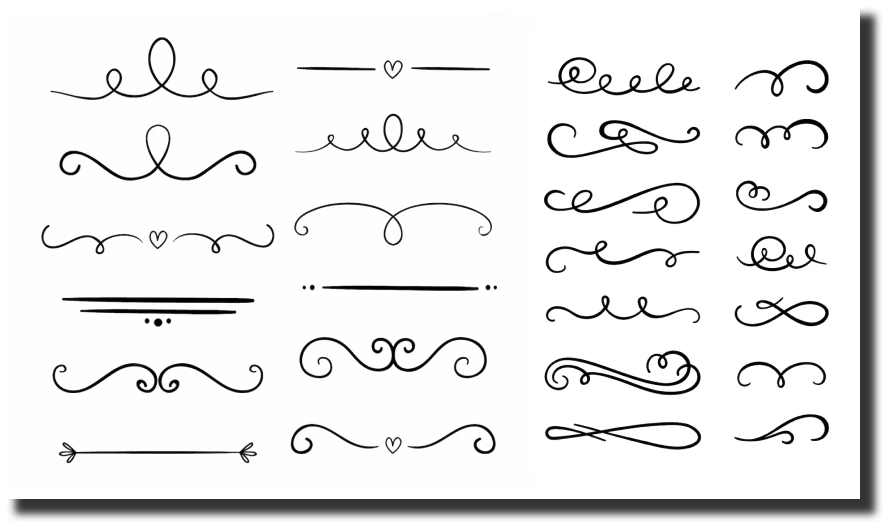
Elements Of Design: Shape
Shapes, whether geometric or organic, play a pivotal role in design by adding visual interest and emphasizing specific elements. They are defined by boundaries, such as lines or color, and have the power to influence the overall composition. In fact, everything in design can ultimately be reduced to a shape, making it crucial to think in terms of how the elements interact and create shapes within the design.
Geometric shapes, with their precise and regular forms, bring a sense of order and symmetry to a design. They can be utilized to create a structured and professional look, particularly suitable for minimalist designs, logos, and typography. On the other hand, organic shapes, characterized by their irregular and free-flowing nature, infuse a design with a sense of dynamism and natural beauty. They are often associated with playfulness, warmth, and informality, making them well-suited for illustrations, artistic designs, and brands that aim for a more organic or natural aesthetic.
Shapes are not limited to their positive space, but also encompass the negative space surrounding them. The interplay between positive and negative space is vital in creating a balanced and visually pleasing composition. By skillfully manipulating shapes and their surrounding spaces, designers can add depth, create visual tension, and guide the viewer’s attention to specific areas of the design.

Elements Of Design: Texture
While it may seem counter-intuitive to consider texture in digital mediums such as websites and graphic design, it actually has a significant impact on the visual impression and overall aesthetics. By utilizing textures effectively, designers can create a more three-dimensional appearance on the two-dimensional screen and build an immersive world for the viewer.
Textures contribute to the overall visual hierarchy and balance within a design. By contrasting smooth and rough textures or combining different textures, designers can create visual interest and guide the viewer’s attention to specific areas or elements of the design. This helps in emphasizing important information or creating focal points.
Moreover, textures add depth to the overall composition, making the design feel more immersive and multi-dimensional. They provide visual cues that help establish context and convey certain associations. For example, a gritty and weathered texture can evoke a sense of history or urban ruggedness, while a glossy and reflective texture can suggest modernity or luxury.
Elements Of Design: Size
Playing with scale and size in design can indeed add interest and emphasis to your compositions. By introducing variations in scale, you can inject dynamism and create a more engaging design.
The degree of variation in scale should be determined by the content and purpose of your design. For professional or formal content, subtle differences in size can be more appropriate. This approach maintains a sense of order and professionalism while still allowing for visual interest.

On the other hand, bold variations in scale are often well-suited for creative enterprises. These designs can embrace larger disparities in size, making a strong visual statement and capturing attention.
The key is to strike a balance between maintaining coherence and introducing enough variation to keep the design visually engaging. By carefully considering the content, purpose, and target audience, you can determine the appropriate level of scale and size manipulation to create an effective and captivating design.
Elements Of Design: Balance
When it comes to balance in design, there are two primary approaches: symmetry and asymmetry. While many designers, artists, and creative individuals often gravitate towards asymmetry for its dynamic and attention-grabbing nature, symmetry does have its own unique value and purpose, albeit in specific situations.
The choice between symmetry and asymmetry depends on the goals, context, and desired aesthetic of the design. Asymmetry tends to be favored for its eye-catching and contemporary appeal, allowing for more creative and expressive compositions. However, there are instances where symmetry can be the preferred approach, such as in formal designs or when aiming for a sense of tranquility and balance.
Ultimately, both symmetry and asymmetry have their place in design. It’s up to the designer’s creativity, intuition, and understanding of the project’s objectives to determine which approach best serves the overall concept and desired impact.
Elements Of Design: Harmony
Harmony is the result of all the elements working together seamlessly and purposefully. In a harmonious composition, nothing is extraneous or unnecessary. It is about finding the perfect balance where every detail contributes to the whole, without overpowering or overshadowing one another.
Achieving harmony involves careful consideration and attention to detail. It requires a discerning eye to ensure that all the design elements, from colors and typography to shapes and textures, accord with one another. Each element should serve a purpose and contribute to the overall message and aesthetic of the design. When everything is in harmony, the design becomes cohesive, visually pleasing, and effective in its communication.
The concept of harmony also extends to the idea of restraint. Great design is about finding the right balance, being just enough without going overboard. It’s the art of knowing when to stop and not adding unnecessary elements that could disrupt the harmony. By exercising restraint, designers can create designs that are clean, focused, and impactful.
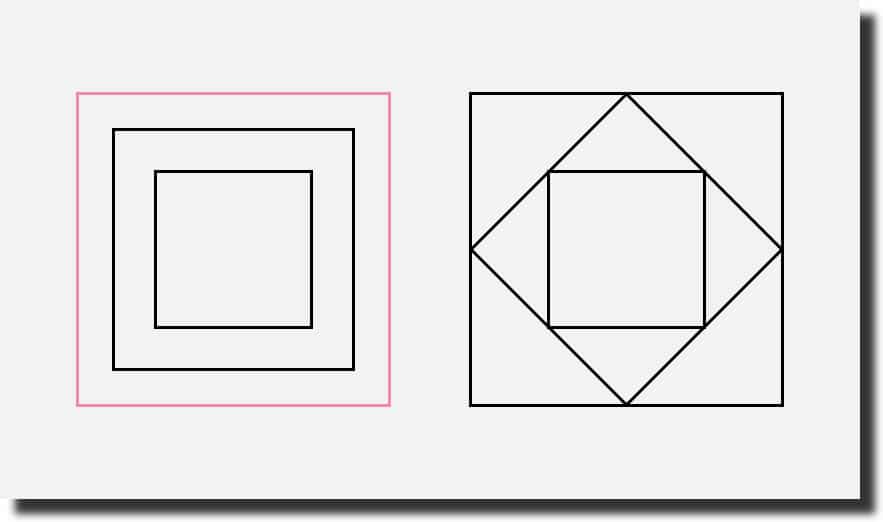
Elements Of Design: Dominance and Emphasis
By emphasizing one element over others, designers can heighten the visual impact and draw attention to specific areas or objects. Emphasis through contrast adds intrigue and helps guide the viewer’s focus.
Contrast plays a significant role in creating emphasis. By juxtaposing elements with differing characteristics such as color, size, shape, texture, or style, designers can create a distinct visual contrast. This contrast allows certain elements to dominate or stand out against others, effectively establishing an emphasis. When an element is visually dominant due to contrast, it naturally becomes a focal point within the design.
The purpose of emphasis and contrast is to guide the viewer’s eye and create visual interest within a design. By strategically placing emphasis on certain elements, designers can direct attention and convey hierarchy, importance, or specific messaging. Contrast and emphasis add dynamic visual elements that engage viewers and create a focal point, enhancing the overall composition’s effectiveness and impact.
Conclusion
Understanding the basic elements of design is essential for every designer. By harnessing the power of these elements, you can create visually compelling and impactful designs that effectively communicate your message. Take the time to experiment, explore, and refine your skills in each of these areas.
And if you’re unsure about design or in need of creative expertise, consider hiring a professional design agency to bring your vision to life. From selecting the perfect color palette and typography to creating a harmonious composition that resonates with your audience, real professionals will pay attention to every detail.



